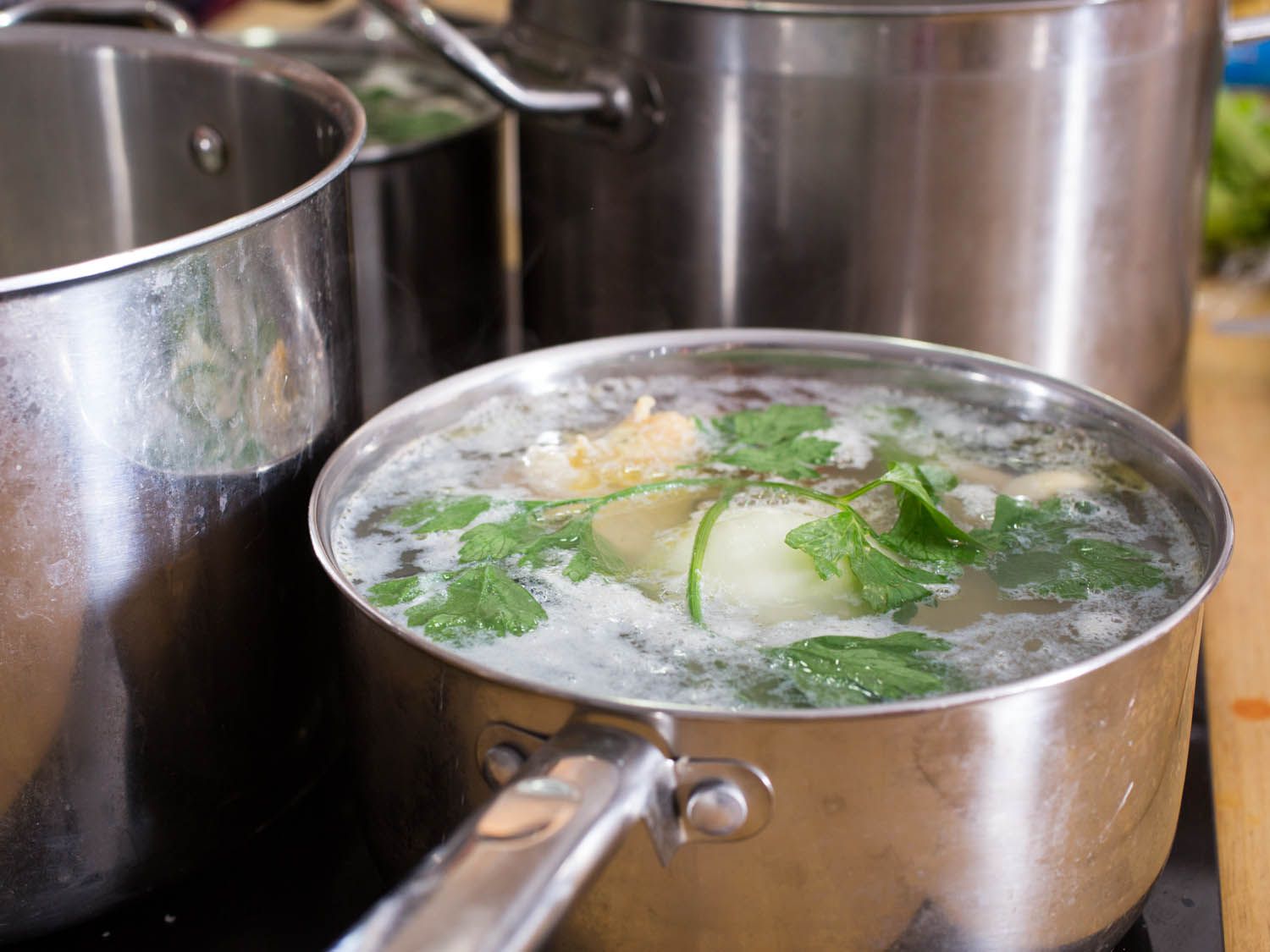Stock Pots: Material Selection
Stock Pots A Comprehensive Guide to Material SelectionIf you love cooking then you know how important it is to have the right equipment. One of the most essential tools in any kitchen is the stock pot. It is the backbone of many soups stews and broths and it’s also great for boiling pasta making sauces and even brewing beer.
But with so many options available in the market choosing the right stock pot can be quite overwhelming. Among the many factors to consider material selection is perhaps the most critical. In this article we will explore the different materials used to make stock pots and help you decide which one is best for your cooking needs.
- Stainless Steel is a popular choice for stock pots because it is durable non-reactive and easy to clean. It is also an excellent heat conductor which means it heats up quickly and evenly. Stainless steel stock pots are available in various grades depending on their composition. The most common grades are18/1018/8 and18/0. The first number represents the percentage of chromium while the second number represents the percentage of nickel in the alloy. The higher the numbers the more corrosion-resistant and durable the pot is.
Stainless steel stock pots come in a range of prices depending on the quality of the material used. Cheaper versions may have a thinner gauge which means they are prone to warping and may not last as long as higher-end models. However if you’re on a budget and looking for a reliable option a stainless steel stock pot is an excellent choice.

- Aluminum is another popular material used for stock pots because it is lightweight and has excellent heat conduction properties. It is also less expensive than stainless steel which makes it an attractive option for many home cooks. However aluminum is a reactive metal which means it can react with acidic or alkaline ingredients such as tomato sauce or vinegar and affect the taste and color of the dish.
To prevent this aluminum stock pots are often coated with a non-reactive material such as stainless steel anodized aluminum or enamel. Anodized aluminum is a process that adds a layer of oxide to the surface of the metal making it more durable non-reactive and easy to clean. Enamel-coated aluminum stock pots have a layer of enamel on the surface which makes them non-reactive and easy to clean. However enamel can chip or crack over time which can affect the pot’s performance and durability.
- Copper is an excellent heat conductor and is often used in high-end cookware because of its superior performance. Copper stock pots heat up quickly and distribute heat evenly which means food cooks faster and more evenly. Copper also has antibacterial properties which makes it an excellent choice for preparing soups and stews that require long cooking times.
However copper is an expensive material and copper stock pots are often the most expensive option on the market. It also requires more maintenance than other materials because it can tarnish and corrode over time. To prevent this copper stock pots are often lined with stainless steel or tin which makes them more durable and easier to clean.
- Cast Iron stock pots are known for their durability and heat retention properties. They are great for slow-cooking dishes because they retain heat for a long time which means food stays warm even after the pot is removed from the stove. Cast iron is also a non-reactive material which means it won’t affect the taste or color of the food.
However cast iron is a heavy material which means it can be difficult to handle especially when filled with food. It also requires more maintenance than other materials because it can rust if not properly seasoned and cleaned. Cast iron stock pots are also more expensive than other materials but they are an excellent investment if you love slow-cooking dishes and want a pot that will last for years.
- Ceramic stock pots are a versatile option and are often used for cooking soups stews and chili. They are non-reactive which means they won’t affect the taste or color of the food. Ceramic is also a great heat conductor which means it heats up quickly and retains heat well.
However ceramic stock pots are not as durable as other materials and can chip or crack over time. They are also more delicate and should be handled with care. Ceramic stock pots are also more expensive than other materials but they are an excellent investment if you want a pot that looks great on the stove and can be used for a variety of dishes.
In conclusion
choosing the right material for your stock pot depends on your cooking needs and budget. Stainless steel is a reliable option that is affordable and easy to clean. Aluminum is an excellent choice for those on a budget but make sure it is coated with a non-reactive material to prevent flavor transfer.